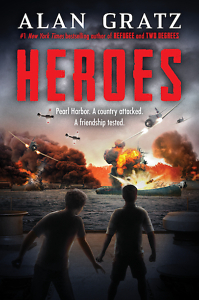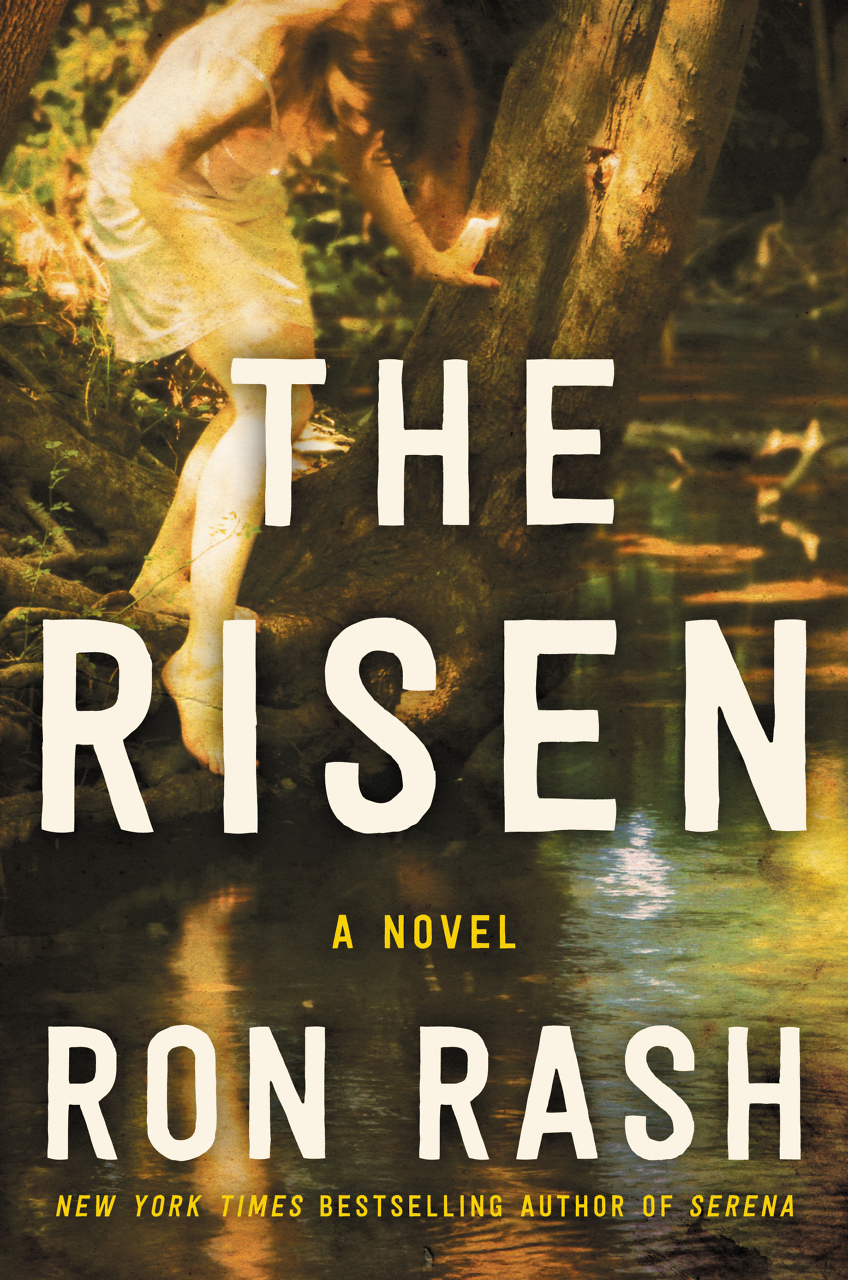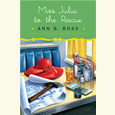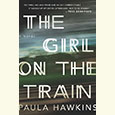The Safest Place in the World
Alan Gratz’s new novel for young readers explores the events of December 7, 1941
“I was afraid. Of pretty much everything. There were a hundred ways to die at Pearl Harbor,” admits 13-year-old Frank, the main character and narrator of Heroes, the latest in Alan Gratz’s series of action-packed historical novels for young readers.
 Frank’s father is a pilot posted at the Naval Air Station in Hawaii. It’s December 6, 1941 — the day before the “date which will live in infamy” — and Frank isn’t worried about a Japanese air attack on the U.S. Pacific Fleet. He’s worried about more common things to fear when you live on an island, such as drowning, sharks, giant eels, and stinging jellyfish. He’s even keeping a watchful eye on the local volcanoes.
Frank’s father is a pilot posted at the Naval Air Station in Hawaii. It’s December 6, 1941 — the day before the “date which will live in infamy” — and Frank isn’t worried about a Japanese air attack on the U.S. Pacific Fleet. He’s worried about more common things to fear when you live on an island, such as drowning, sharks, giant eels, and stinging jellyfish. He’s even keeping a watchful eye on the local volcanoes.
An overly cautious kid from birth, Frank has been made even more fearful by a violent episode from his past. When his best friend Stanley stands up to classmates bullying a younger child, Frank is unable to come to his aid in the ensuing fight and worries that Stanley will never forgive him. He and Stanley share a love of comic books and are creating their own superhero comic, so Frank is crushed when Stanley later asks, “How do you think you can write about heroes if you can’t be one yourself?”
When the historic attack on Pearl Harbor begins the next day, practically in his own backyard, Frank is launched on a classic hero’s journey, during which he confronts his fear and, despite some missteps, finds that his compassion is even stronger. When the planes arrive, Frank and Stanley are touring the USS Utah. “I felt an electric thrill standing on the deck of a real battleship,” Frank says. “It felt powerful. Invincible. Like the safest place in the world.” Moments later enemy planes appear and drop torpedoes headed straight for them.
 When a Japanese plane strafes the deck, Frank freezes: “A voice inside me was screaming to run, to duck, to hide, but I couldn’t move. … This was every one of my nightmares come true all at once.” With help, Frank and Stanley escape from the sinking ship into the water and what follows is a series of life-and-death challenges that test Frank to his core. Later, from his neighborhood on nearby Ford Island, he watches in shocked disbelief as a bomb ignites the ammunition room of the nearest battleship: “I saw the USS Arizona rise up out of the water in a giant fireball. It bent, and buckled, and then the six-hundred-foot, thirty-thousand-ton steel battleship snapped in half like a twig, falling back to earth in pieces.”
When a Japanese plane strafes the deck, Frank freezes: “A voice inside me was screaming to run, to duck, to hide, but I couldn’t move. … This was every one of my nightmares come true all at once.” With help, Frank and Stanley escape from the sinking ship into the water and what follows is a series of life-and-death challenges that test Frank to his core. Later, from his neighborhood on nearby Ford Island, he watches in shocked disbelief as a bomb ignites the ammunition room of the nearest battleship: “I saw the USS Arizona rise up out of the water in a giant fireball. It bent, and buckled, and then the six-hundred-foot, thirty-thousand-ton steel battleship snapped in half like a twig, falling back to earth in pieces.”
Soon after, when bullies threaten Stanley and his mom, refusing to allow them into the safety of a bunker because they are Japanese Americans, Frank makes a different choice. “There was a part of me that wanted to run even now. A big part of me,” he admits.” But there was an even bigger part of me that knew that standing up for my friend was right. That this was a good fight. One worth getting hurt for.”
Gratz, a Knoxville native, excels in imagining important events in history, from war to terrorism to climate change, from the point of view of young observers. In Heroes, Frank and Stanley find themselves caught up in a monumental tragedy — sudden violent death on a catastrophic scale — and they are changed by it. Gratz doesn’t shrink from describing the actual events of that shocking day, but he’s careful not to completely overwhelm his characters or his audience. Bodies are seen floating in the water — even one character known to the boys — and body parts are scattered all around them by the USS Arizona explosion, but neither is described in graphic detail.
Instead, Gratz chooses to highlight the remarkable heroism of the sailors, the contributions of women and people of color, and the inexcusable treatment of Japanese Americans in the aftermath of the attack, including the consequences for Stanley and his family. Gratz’s genius lies in honestly depicting stories of conflict and horror with respect and understanding while allowing the events themselves to speak to young readers about courage and cowardice and the ways people are tested when the worst happens, whether in wartime or everyday life.

Tina Chambers has worked as a technical editor at an engineering firm and as an editorial assistant at Peachtree Publishers, where she worked on books by Erskine Caldwell, Will Campbell, and Ferrol Sams, to name a few. She lives in Chattanooga.


